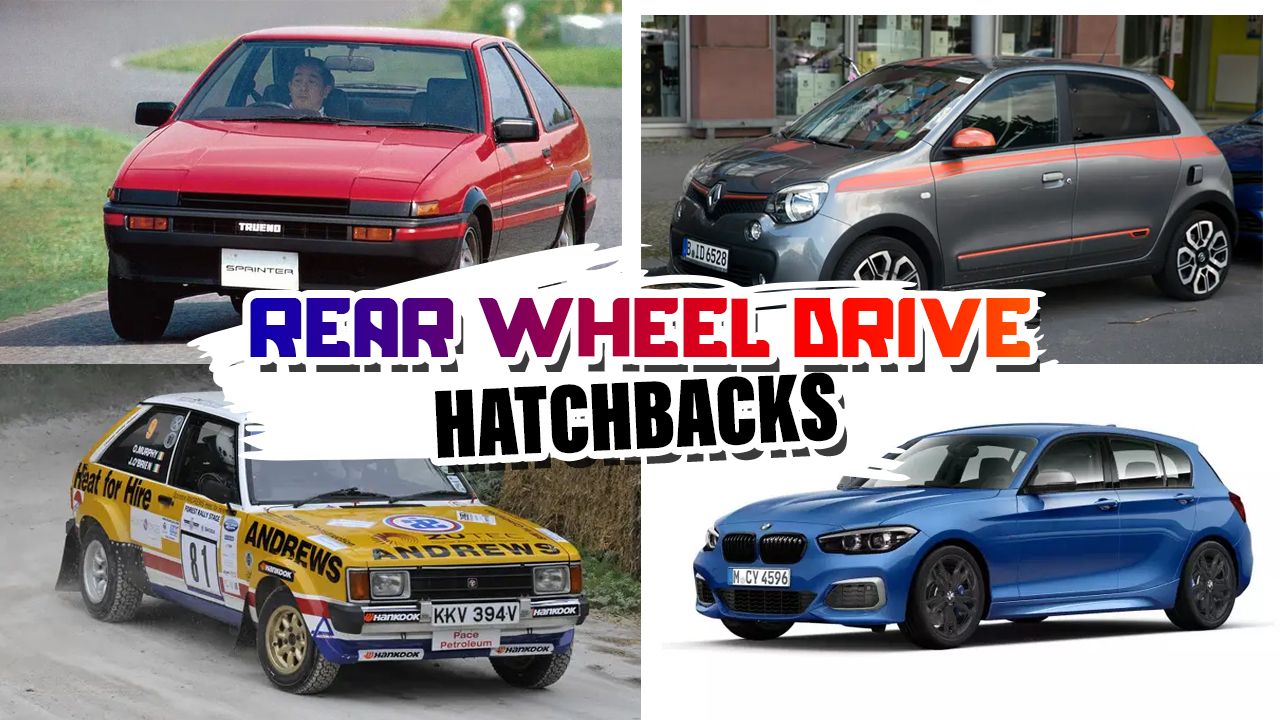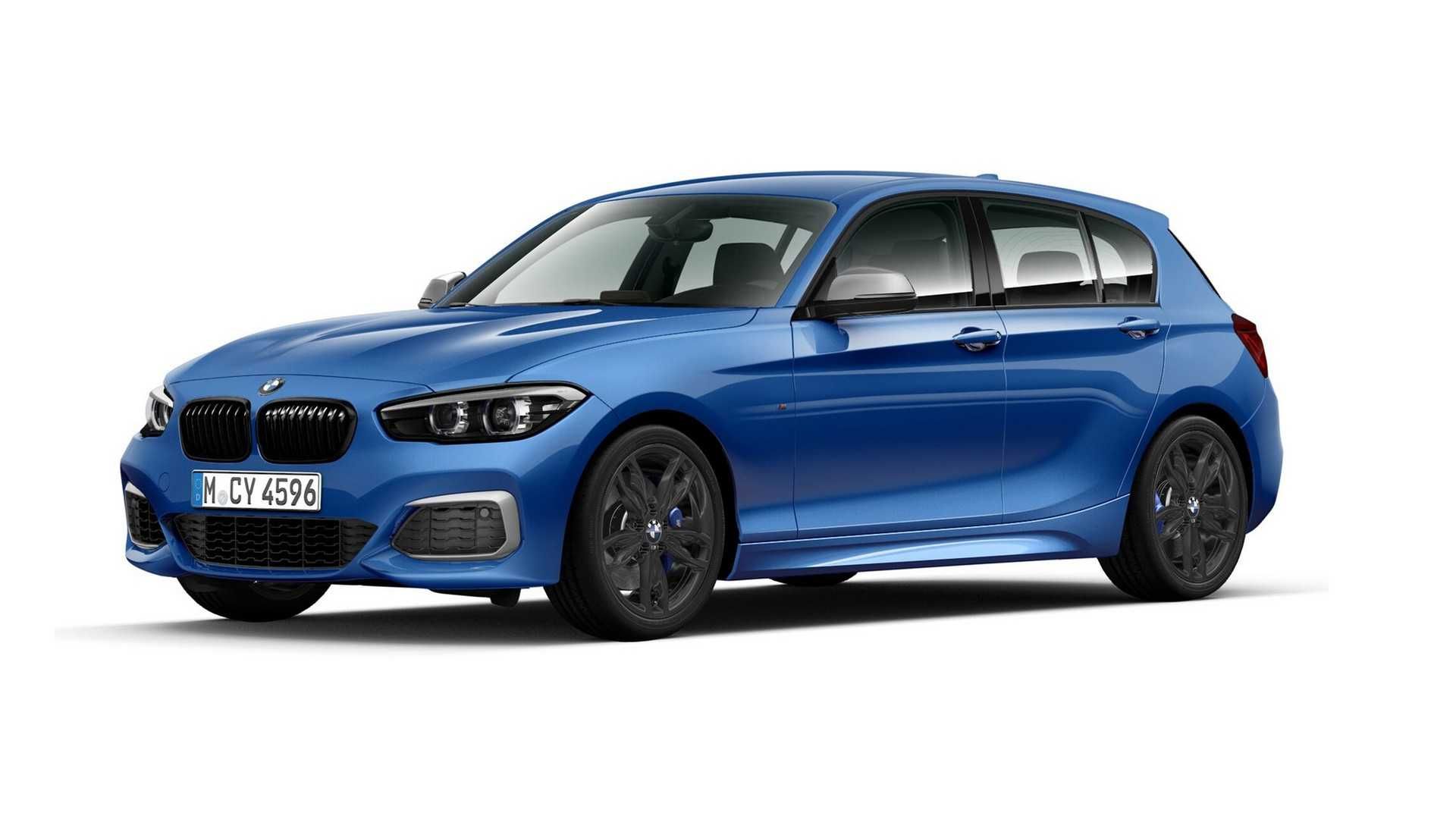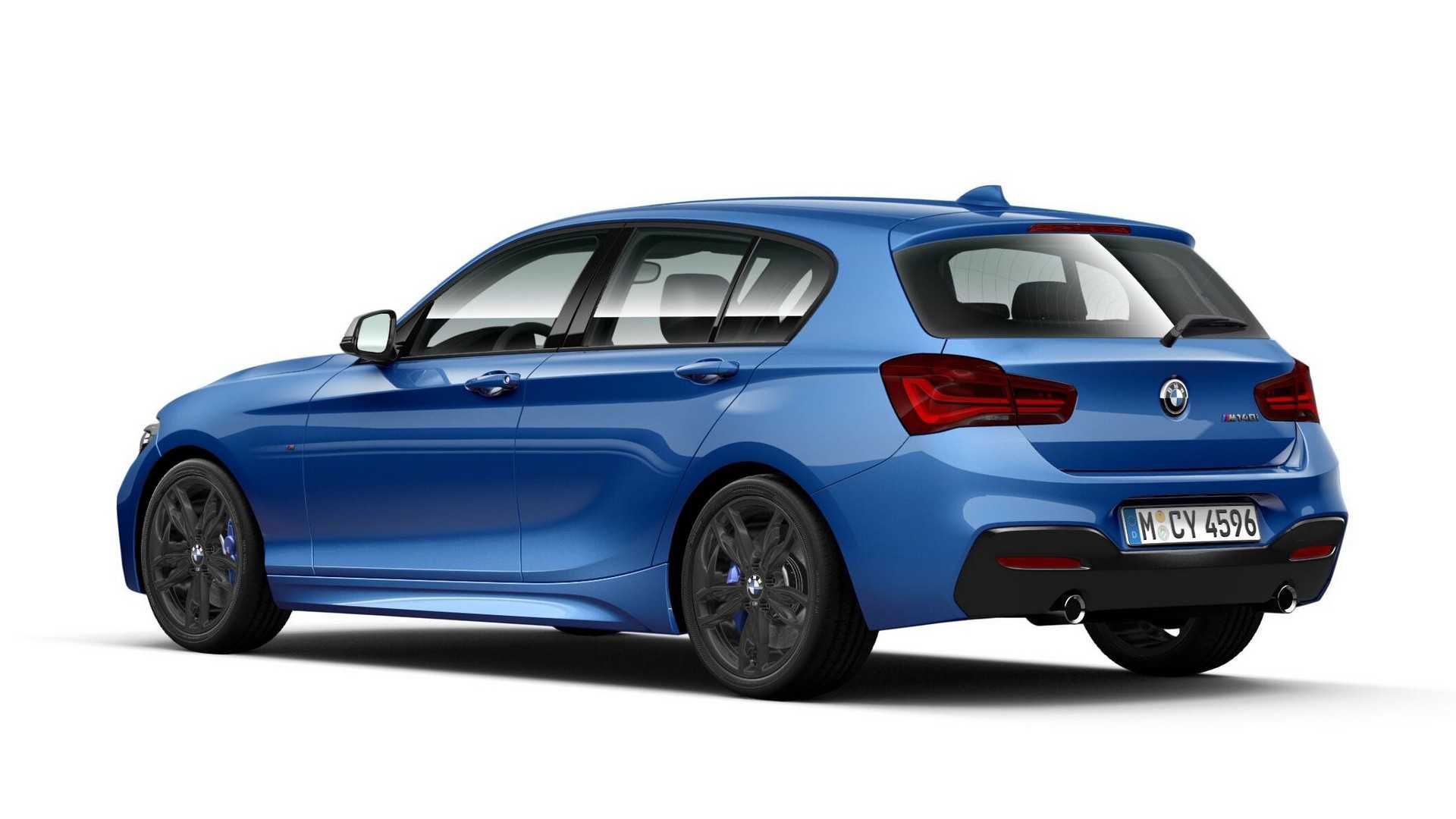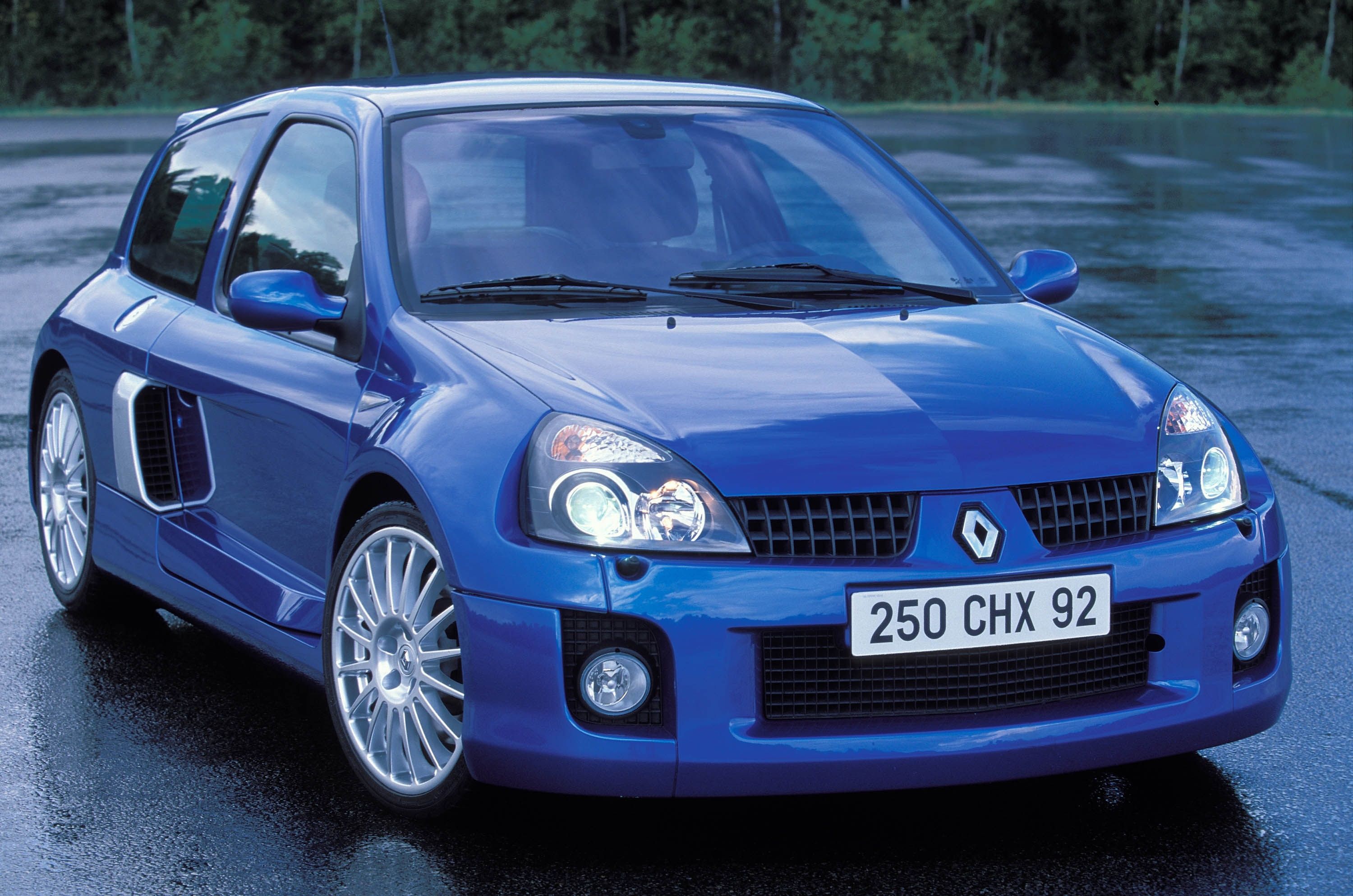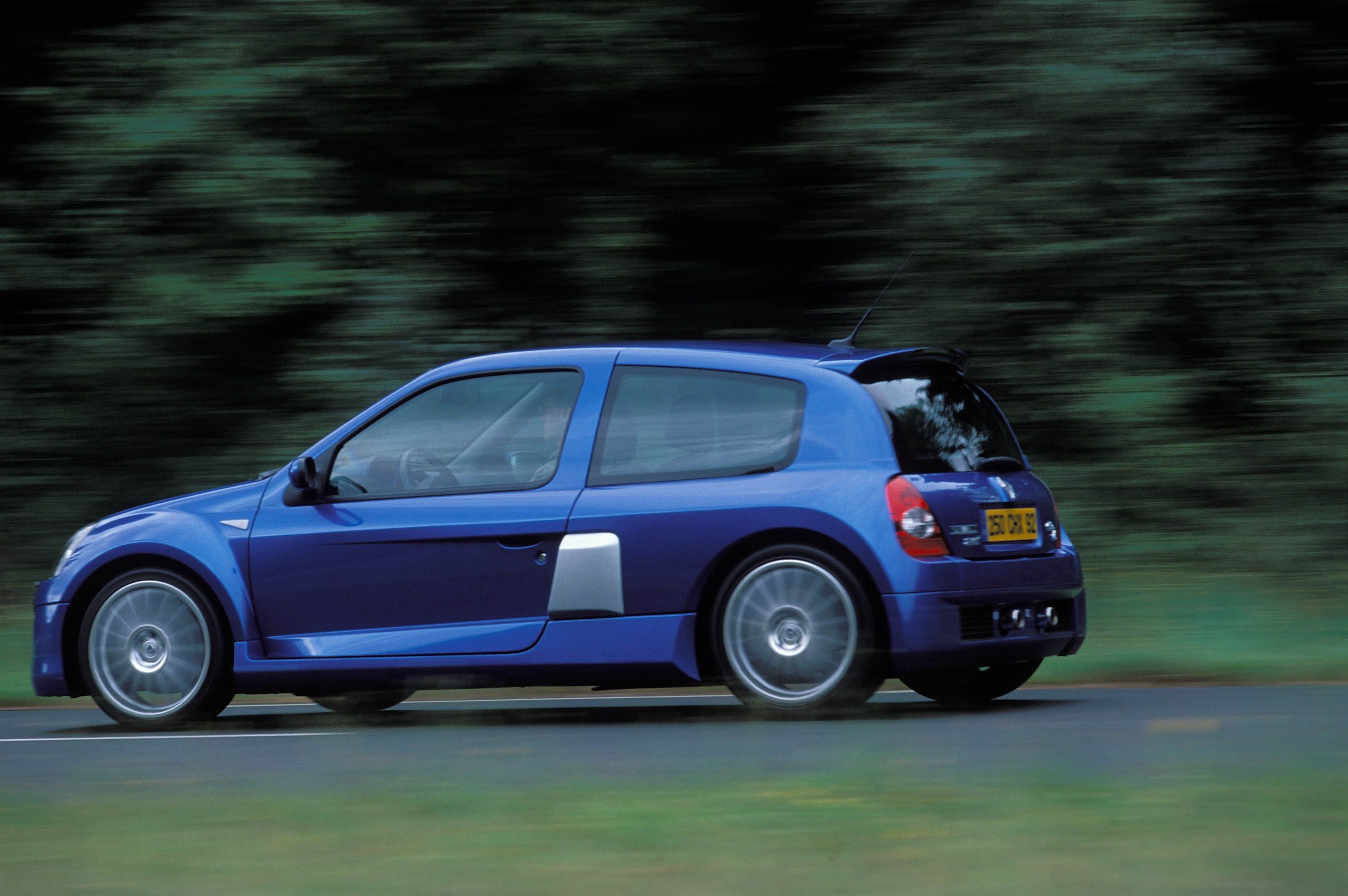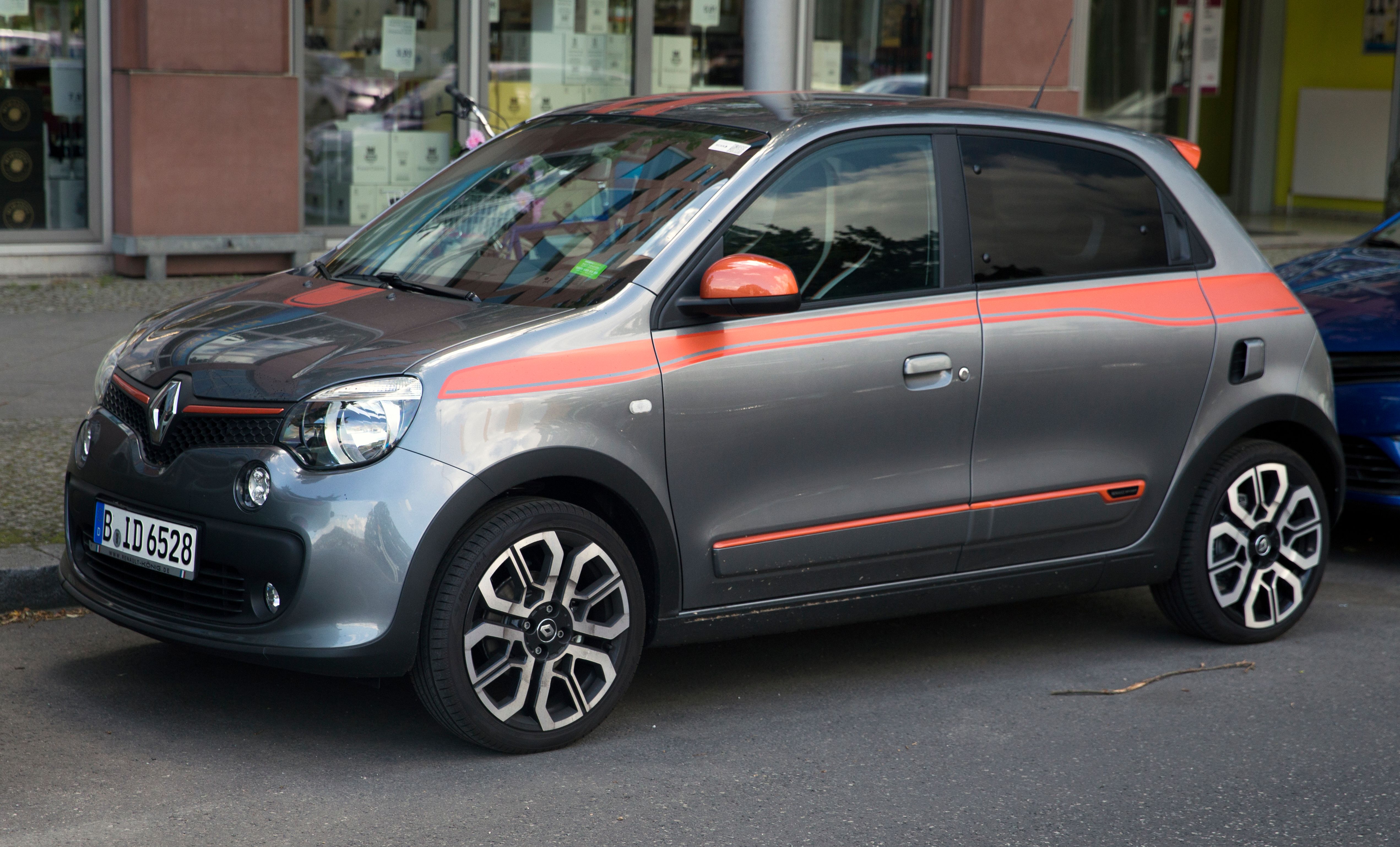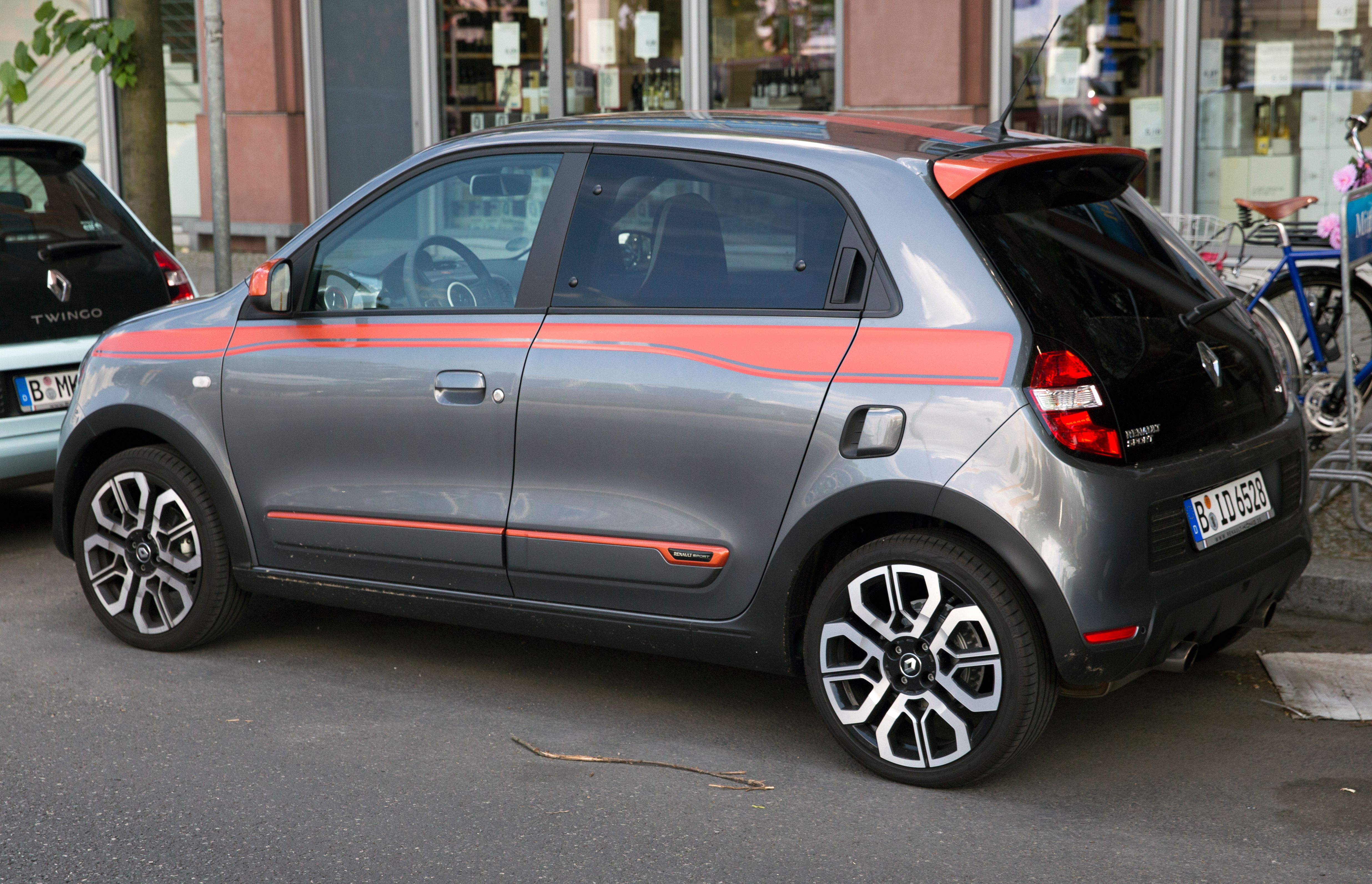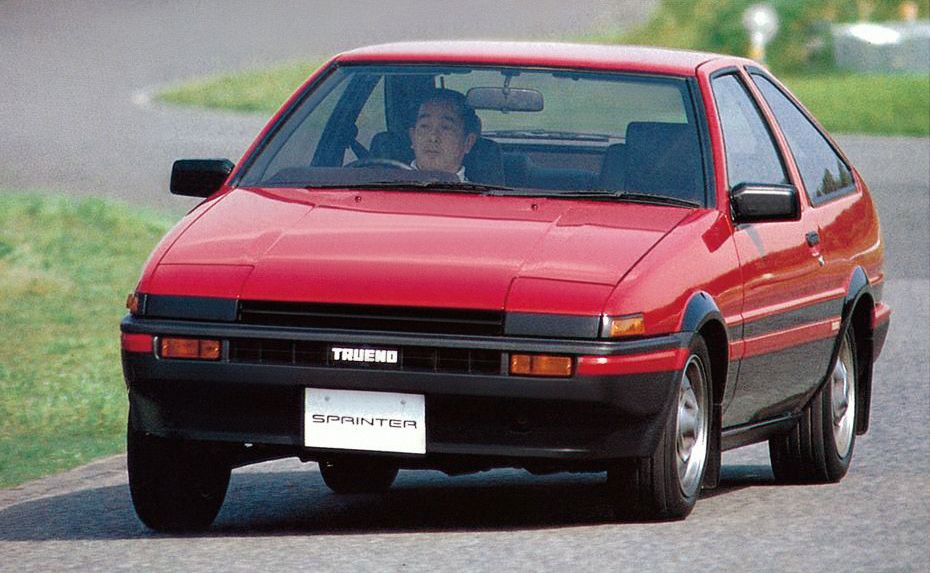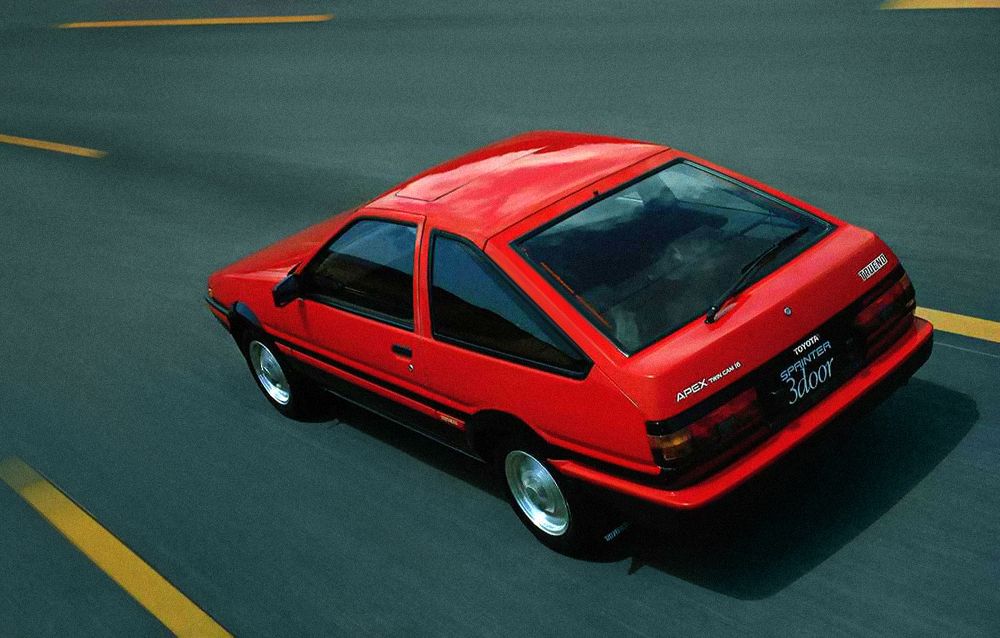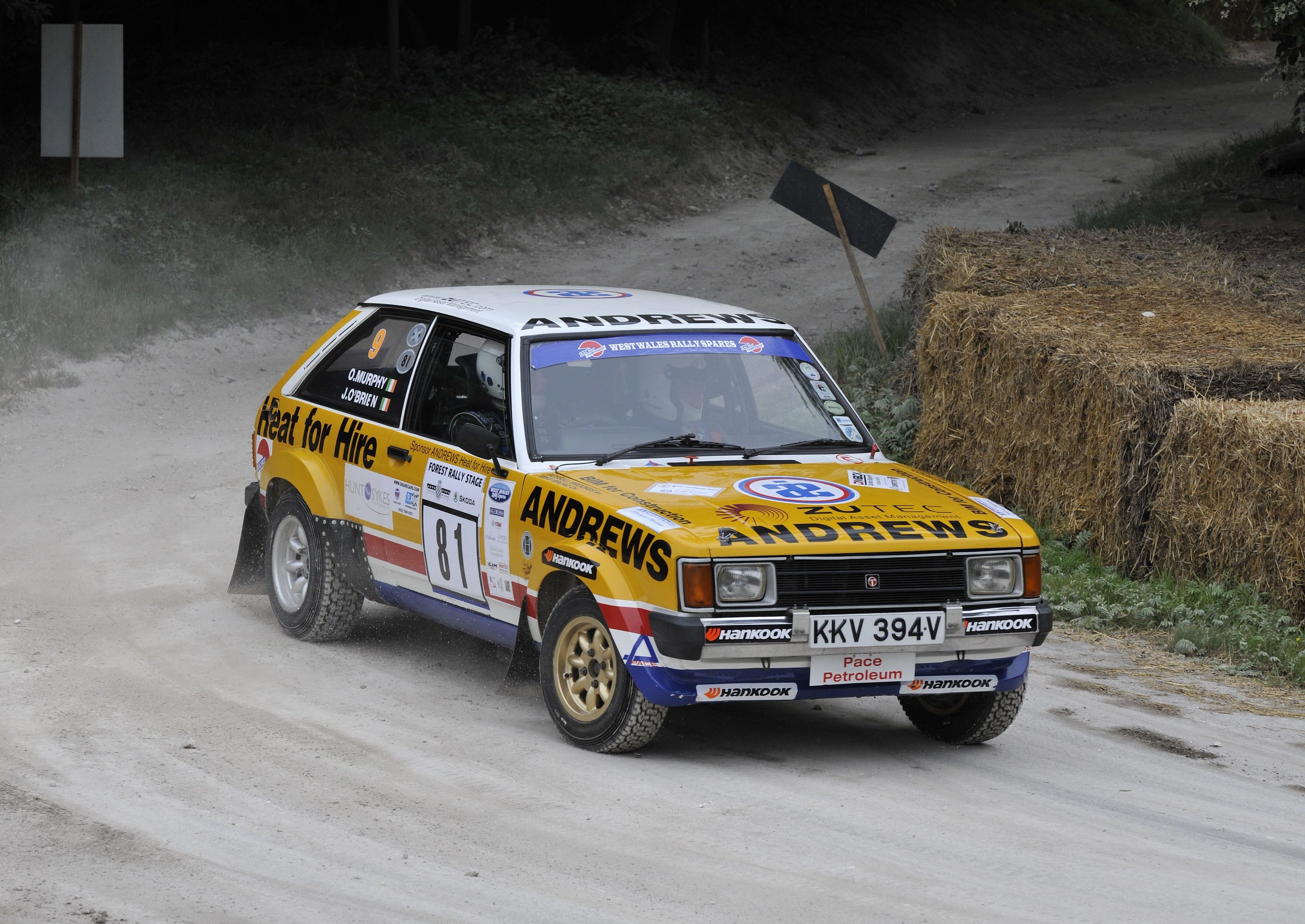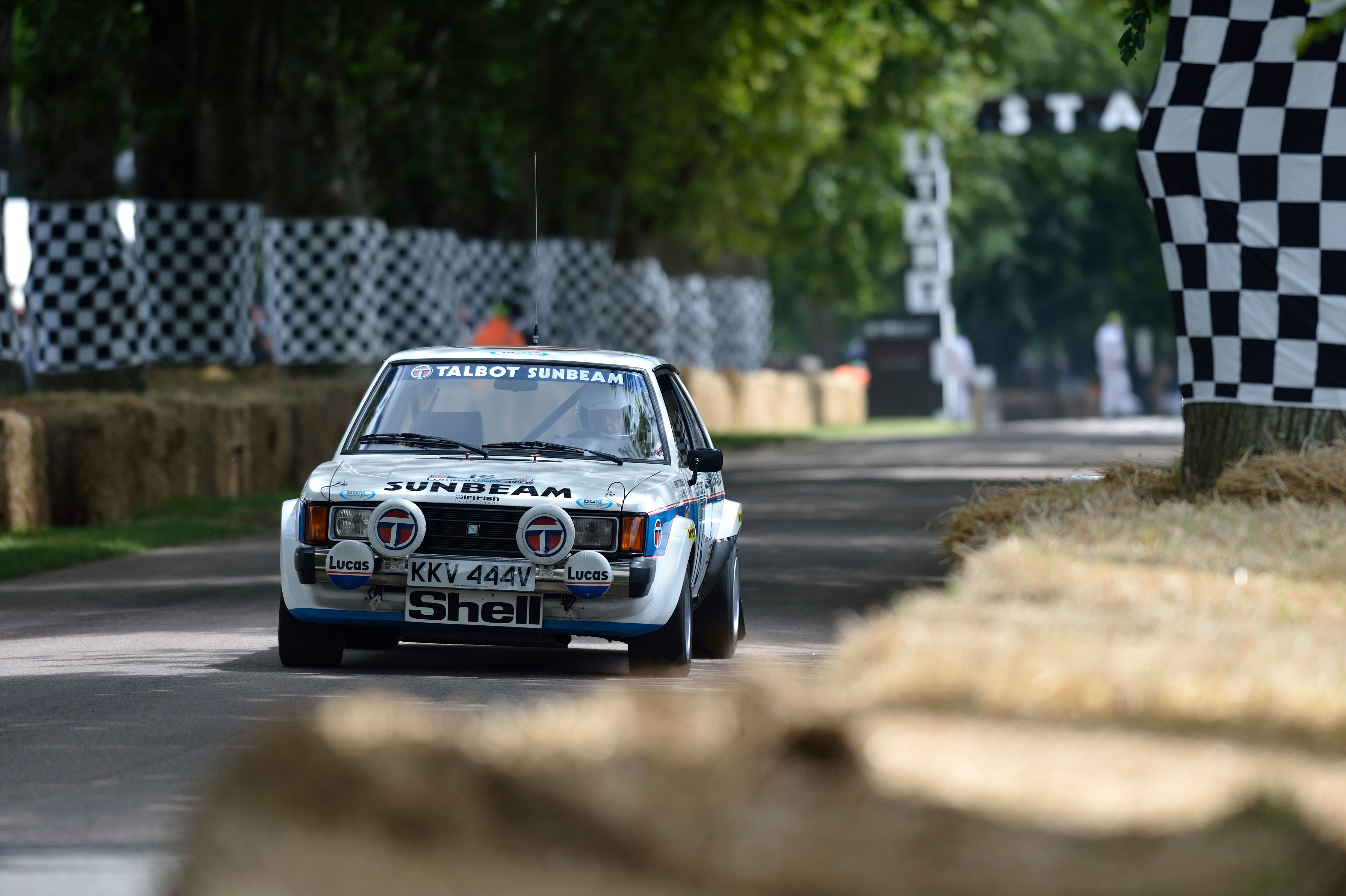Rear-wheel drive in compact hatchbacks has never been a thing and for a good reason. An RWD architecture needs a lot of space, which is in short supply for hatchbacks. The transmission eats into the rear legroom and while the rear axle can eat into boot space. In addition, the longitudinal engine layout required in most cases also means longer hoods, which makes them bigger and, obviously, totally against the ethos of a compact and practical hatchback. But that didn't stop certain manufacturers from trying their hand at this layout for their hatchbacks, so here's a list of the top 5 most memorable RWD hatchbacks of all time.
2004 BMW M140i
Launched in 2004, the BMW 1 Series was the brand's first attempt at making a compact car, but to preserve the driving pleasure that BMW is known for, they decided to make it an RWD or in enthusiasts' terms, "right wheel drive." Available in a wide range of body styles, including coupes, convertibles, and hatchbacks, the 1 Series was available with a plethora of tried and tested engines ranging from a humble 1.6-liter gasoline unit and 2.0-liter diesel, all the way to power-packed Inline-inline engines.
The second-generation coupe even had a full-fledged M version called the 1M but for the benefit of this article, let's steer clear from it. The second-gen was arguably the sweet spot with somewhat plain yet mature looks and a well-appointed cabin. But the highlight of the F20/21 generation is the M135i and M140i models offered between 2012 and 2019. But don't let the nomenclature fool you, even though the M140i was not a full-fledged M car, it packed the highly potent 3.0 L N55 inline-six with 335 horsepower and 369 pound-feet of torque, enough for ballistic performance and the RWD layout meant it simply felt better to drive than most of its FWD hot hatch competition. Unfortunately, the RWD layout for the hatchback was put to rest with the second-gen BMW and its successor, the outgoing F-40 generation of the 1 Series shifted to a FWD architecture that it shares with Mini to save weight and costs.
Phase 2 Renault Clio V6 Renault Sport
Renault and its typically French approach to cars have arguably given rise to some of the best and quirkiest little cars the world has ever seen. It was Renault that decided to make a mid-engined hatchback for motorsports and consequently had no choice but to sell it to the public as a homologation special. Voila, the Renault 5 Turbo was born. That was way back in 1980, so when Renault showcased a concept car called the Clio Renault Sport V6 24V at the 1998 Paris Motor Show along with the updated Twingo and Vel Satis concept car, to no one's surprise the crowd went nuts and Renault hurried to get this concept to production.
The first-gen Clio V6 Renault Sport, also known as the "Phase-1" debuted in 2001 and was powered by a naturally aspirated 3.0-liter V6. It had an entirely bespoke rear structure, and the rear seats were of course chucked out to accommodate this new powerplant which comes mated to a six-speed stick shift that sends power to the rear wheels. Except for its name and front facia, it shared next to nothing with the regular Clio hatchback, and as a result, the Phase-1 models were capable of doing 0-62 mph in just 6.2 seconds and had a significantly higher top speed than the fastest regular Clio at 146 mph. The "Phase-2" Clio V6 was launched in 2003 and at the time it officially held the title of the most powerful serial production hatchback with 252 horsepower. That lent it a blistering 0-60 mph time of just 5.9 seconds and a top speed of 153 mph. This manic series was discontinued in 2005 after a very limited production run where they made 1,555 Phase-1 and 1,309 Phase-2 models. This rarity has led to Clio V6s demanding a serious premium in the used car market with collectors paying close to $100K for pristine examples.
Renault Twingo GT Energy TCe 110
The Renault Twingo is a hatchback often categorized as a supermini, courtesy of its pint-sized dimensions and engines designed for the urban jungle and tight European streets. But what's baffling about this tiny city car is its drivetrain, which closely resembles a Porsche 911 or a Beetle. At first glance, the Twingo looks like any other compact city car, but it's powered by a 1.0-liter engine placed in the back that sends power to the rear wheels, making this one of the handful of rear-engined rear-wheel-drive cars in existence, all while offering ample seating for four passengers.
Co-developed with Daimler's third-generation Smart cars, it is available in both naturally aspirated and turbocharged guises, with the 1.0-liter engine producing between 69 horsepower and 109 horsepower in the SCe 70 and GT trims respectively. Originally launched in 1994, Twingo's first two generations had a more conventional front-engined, front-wheel-drive layout. In 2014, with the introduction of the third generation, the Twingo switched to this unique rear-mid engined layout which continues to be on sale in European markets. The Twingo is a truly unique driving experience and it manages to pack all the practicality of a typical hatchback with the fun factor of a rear-wheel-drive layout, making it a truly unique artifact in the modern-day automotive landscape.
Toyota AE86 SprinterSprinter Trueno GT-APEX liftback
We all know the humble Toyota Corolla. The Japanese economy car was introduced back in 1966 as a practical, no-frills masterpiece that, by 1997, had dethroned the VW Beetle to become the best-selling nameplate in the world. Part of the Corolla's success was the sheer variety that the platform offered, and apart from the multiple body styles like the hatchback, liftback, and the sedan, they made both FWD and RWD models on completely different platforms albeit under the same Corolla moniker.
The car in question today however is the iconic AE85 and AE86 models (also known as Sprinter in certain parts of the world), a cult classic made famous by their RWD layout. These cars were offered as a two-door coupe and three-door liftback body styles. And yes, even though it's not a hatchback by definition, they closely resembled one and offered all the practical and compact sizes that hatchbacks are known for. It wasn't just the RWD layout that made these Corollas special, but the fact that this humble Toyota went on to dominate the motorsport realm thanks to the combination of a highly reliable engine and an extremely well-tuned chassis.
The 4A-GE, despite being an econobox engine, saw wide racing application because it was one tough birdie, courtesy of an iron block and aluminum head that lent it a 7,500 rpm redline. It only made 128 horsepower, but the 2300-pound curb weight and great weight distribution made it perfect for racing applications. In addition, the live rear axle that was instrumental in keeping Corolla's production costs in check also made it the top choice for drifting and other forms of racing including the British touring car and even rally. It was so instrumental in the drifting scene that many believe this car kick-started the entire sport. 1987 marked the end of the AE86 but its winning formal was revived with the car that carries its name and legacy, the Toyota 86.
Chrysler Sunbeam / Talbot Sunbeam Lotus
The Chrysler Sunbeam was a humble little hatchback derived from the bigger, rear-wheel-drive Hillman Avenger, produced in Scotland between 1977 and 1981. The Chrysler name was dropped in 1979 after PSA took over Chrysler's European operation, and this hatchback became the Talbot Sunbeam from there on. This RWD hatchback was designed specifically to cater to the European markets and was powered by tiny 928 cc Coventry Climax-derived engine that produced a very modest 42 horsepower, however, bigger engines including a 1.3-liter and a 1.6-liter unit were introduced at a later stage.
After Talbot's takeover in 1979, things did get interesting for the little sunbeam with the new owners wanting to shift the sunbeam's image from a lackluster daily commuter to a proper hot hatch. The first attempt at this new take came in the form of the Sunbeam Ti, which had a sportier version of the Hillman Avenger's 1.6-liter engine that made a respectable 100 horsepower and a few cosmetic changes like a dual-tone paint scheme and bodykit to complete the transformation. Talbot's second attempt at the same idea proved more effective when they called in their friends at Lotus to develop a version of the Sunbeam for Rally - this gave birth to the now-iconic Talbot Sunbeam Lotus. Powered by a 2.2-liter Lotus four-pot with 16 valves, this tiny RWD hatchback was now good for 150 horsepower, making it properly quick and one of the best hot hatches from the 1980s.

